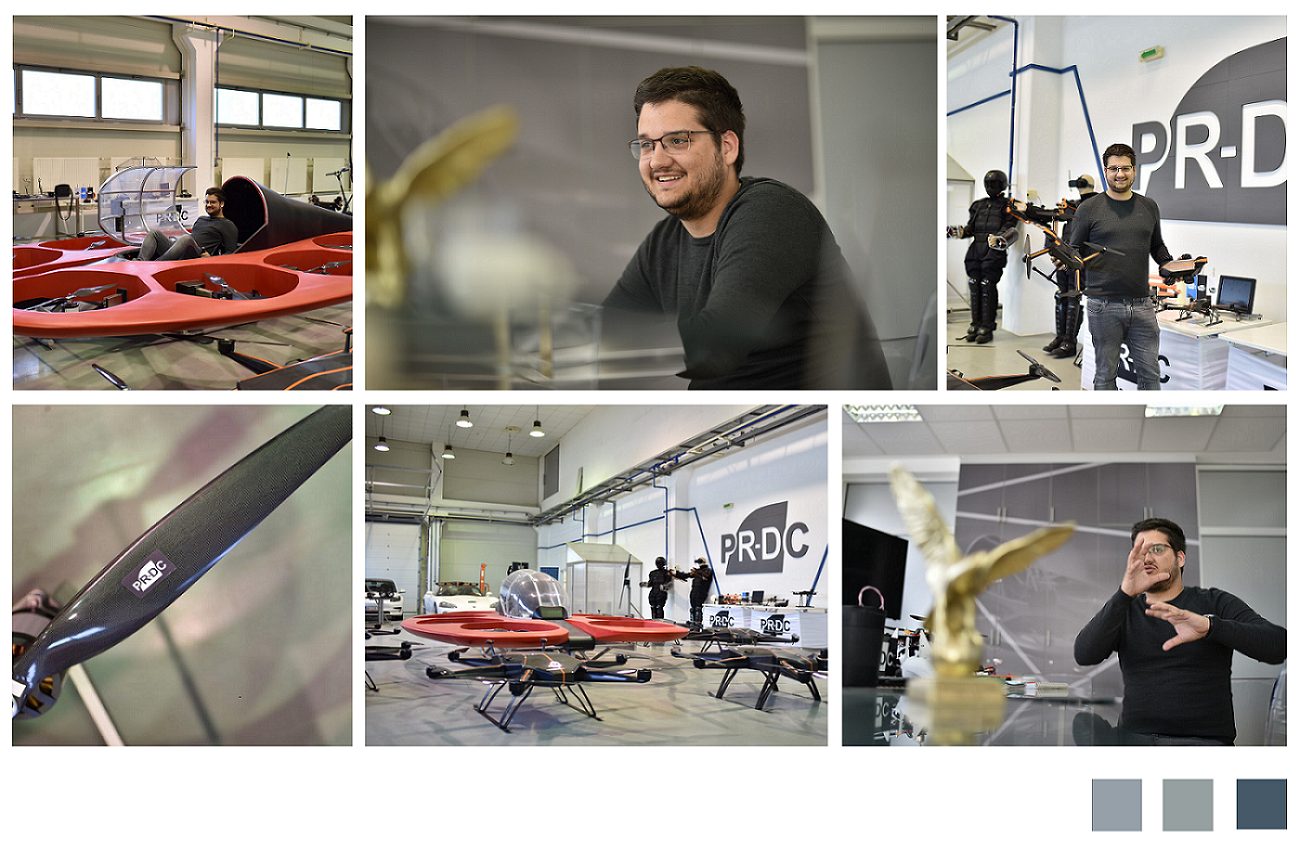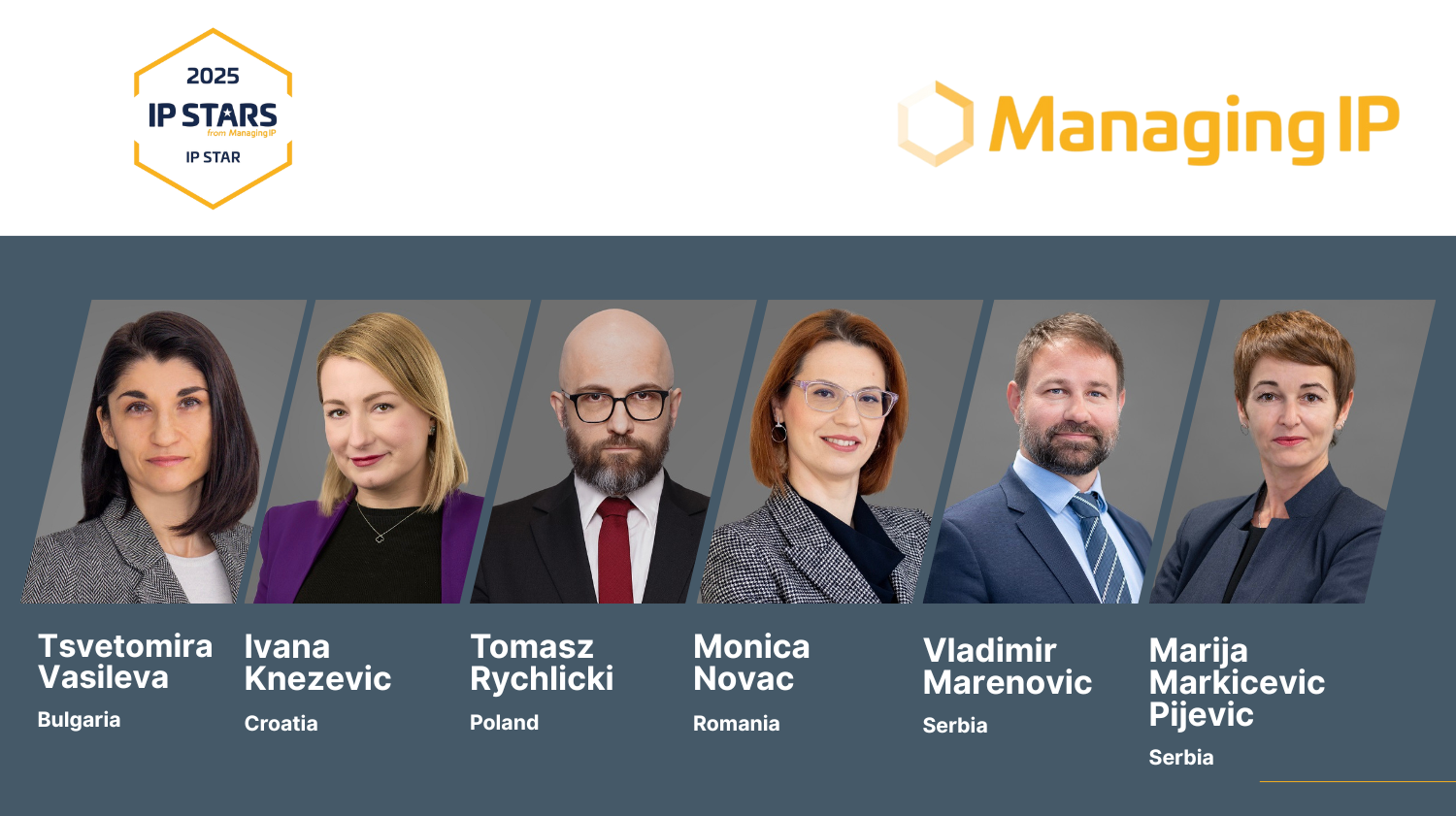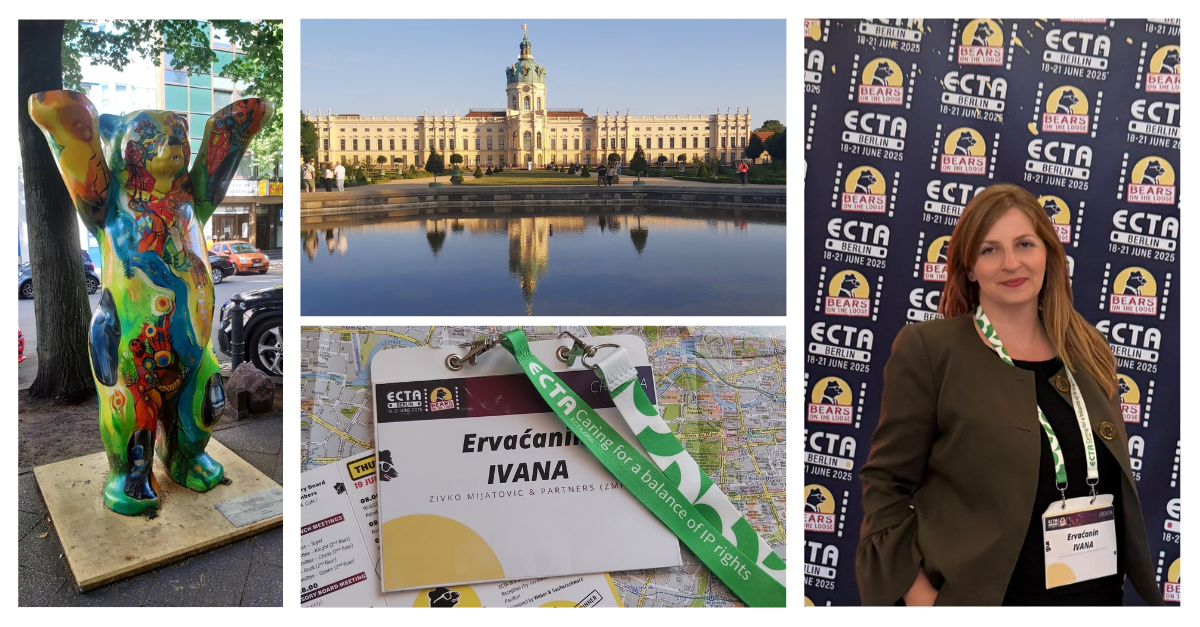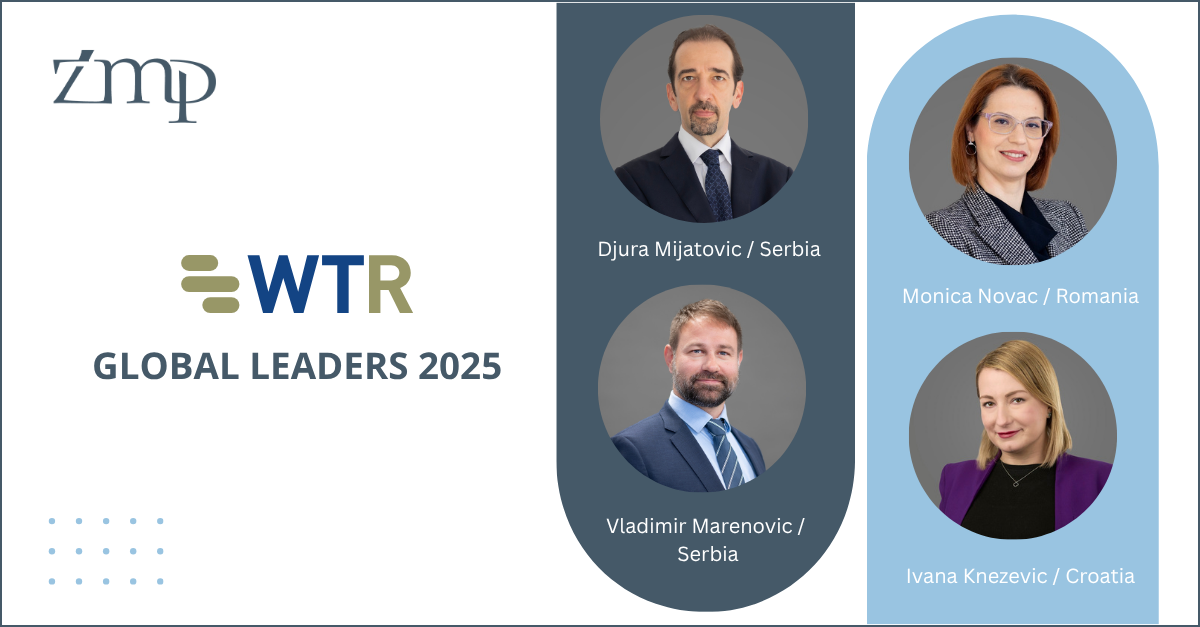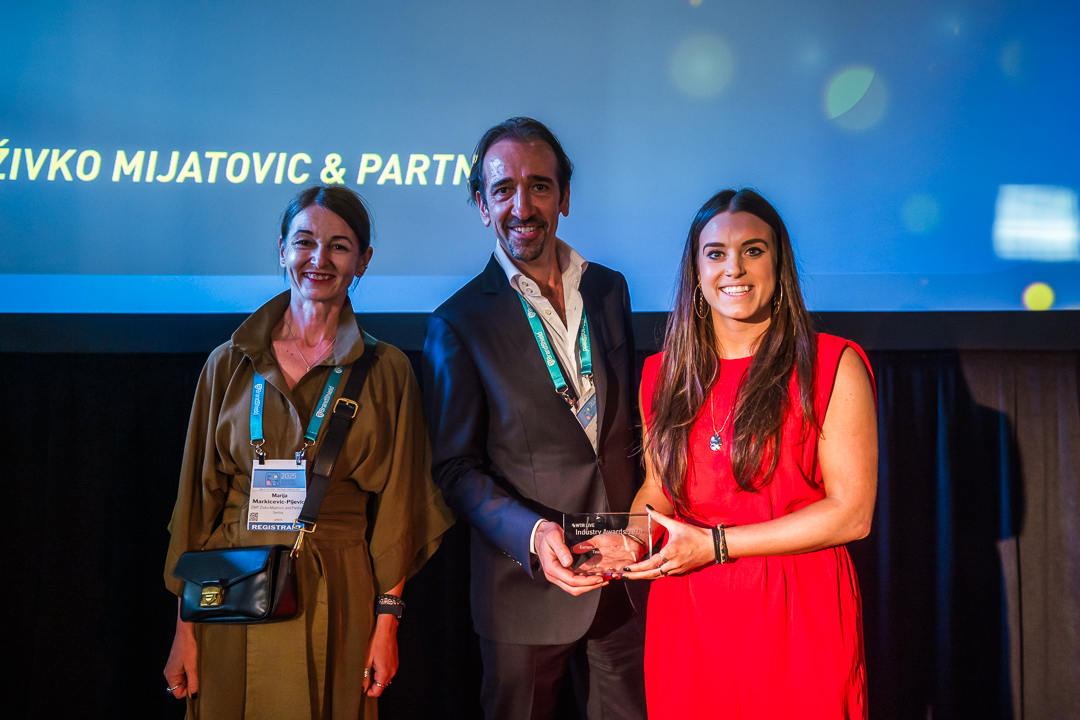World Intellectual Property Day – IP and Youth: Innovation for a Better Future
Young people are an incredible, and unfortunately in a large part, an untapped source of creativity. However, their fresh perspective, energy, curiosity and attitude are ready for reshaping traditional approaches and encouraging action for innovation. Every April 26, the World Intellectual Property Day is celebrated, and this year with the theme: “IP and Youth: Innovation for a Better Future”.
Generations that are now in their mid-20s grew up in the age where the boundaries of the physical and digital worlds are blurred. This has shaped them into a generation that is so far probably the most innovative and creative one.
Legal aspect of innovation must however not be neglected; hence the World Intellectual Property Day’s campaign is there to offer young people the opportunity of better understanding how different intellectual property rights – trademarks, industrial design, copyrights, patents, plant varieties, geographical indications, trade secrets and more – can support their careers and ambitions in the quest for a better tomorrow.
And it is in the honor of World Intellectual Property Day that we share with you an inspiring story of young Milos Petrasinovic (28), co-owner of PR-DC – a research and development center, and a modern light-aircraft production facility. Miloš is also a teaching assistant at the Faculty of Mechanical Engineering, University of Belgrade, Department of Aviation.
Miloš, tell us a bit more about your path as an innovator. How did you come to be what you are today?
My father is a professor at the Faculty of Mechanical Engineering, University of Belgrade, Department of Aviation, my mother also graduated from this faculty and worked at the Military Technical Institute. There are four of us, three brothers and a sister, and all four of us are aeronautical engineers. I have been practically an “entrepreneur” since my earliest days. I can say that I started as a child – helping my parents with various jobs. I entered the Faculty of Mechanical Engineering when I was only two months old to receive a children’s package for the New Year, and when I entered the amphitheater at the age of 19, I instantly felt as if I had been born there. Academy success soon followed: I was the best student of the generation, on all the exams from undergraduate to doctoral studies (66 of them) I got the highest grade – 10. We had various competitions, awards, etc. Everyone pats you on the shoulder and says that you are great, but there were also some “negative” comments, stating that there is not much room for application of all that knowledge in Serbia. Aviation is very specific and “narrow” when it comes to opportunities. You can’t just instantly start a new Airbus or a Boeing, instead you have to gain experience by working at a company. The resentment in us was caused by the fact that everyone praised us and at the same time said that there were many impediments that we would face. Then we said, okay, we will now start the first company in Serbia that makes drones. And we started that about five or six years ago within a family business. I also brought two of my colleagues from the faculty, and the, after a while, more colleagues from my generation. The three of us started a daughter company of our family company, which was primarily focused on robotics and drones. We worked day and night for three years. I would finish my 8 am to 4 pm family business and then would continue working on the drone projects.
Aviation is so demanding that you can have trillions of euros, but if you don’t have people, an idea and good contacts, you can’t achieve much. In this industry, it is sometimes difficult to just get a conversation with someone. In the first years, all the doors were closed to us, as soon as you say that you want to make a drone, everyone tells you that you have no conditions here, you should do something that is less sophisticated. Being young was an obstacle then, and still is today, given the seriousness of the industry and my age, and the two combined were even a greater obstacle.
Fast forward to this year where we will have the opportunity to represent Serbia at the largest fairs in London, Paris and further around the world, allowing us to show what we and other young people have done here. We have already been to Abu Dhabi and Dubai and we have achieved great success.
How can drones shape a better, sustainable future? For what purposes other than commercial do you see their role?
What we are dealing with are electric aircrafts that aim to solve various problems – either those surely awaiting us in the future, or those whose existence we are still not aware of. These solutions can be human-related or completely non-human. For example: results and samples can be transferred between two hospitals, something that will speed up the process – electric mobility where you can fly over the crowds in Belgrade or Los Angeles. Humans may and may not be involved. We are also developing aircraft that can play a significant role in firefighting operations etc.
What we are doing is a process in which we demonstrate how our aircrafts can be used for these purposes, and we continue to cooperate with public services on improving or training people who are currently engaged in using them. It is a one thing to provide clear information to the firefighter on where the hot spot is, and a completely another is the active participation, such as extinguishing fires with, for example, balls of powder throwing out water or with the help of other means of fire extinguishers. There is also the task of equipment delivery. A large number of fires must be extinguished from the inside, not from the outside, and in such situation with our IKA-20 aircraft there is a possibility of transferring the tools and equipment to a firefighter who will thus be alleviated from carrying for example ten pounds of equipment while climbing to the tenth floor. We can enable the aircraft to deliver the equipment to the required place to help firefighters climb the building unhindered. Also, during the flood or in some other rescue operations, we could with the help of our remotely operated aircraft pull a man out of the water,. We are working on all of these aspects.
How can this type of aircraft help make some of the industries currently known as major polluters sustainable?
Paradoxically, the biggest problem of aviation today is that its foundations have been solidly established. What I mean by that is that you have conventional aircrafts that have been evolving for 50 or 60 years. These aircrafts have been in the development for so long that they have this ailment of being burdened by their own history. I often say to my students in the design class: “Imagine you don’t know what an airplane looks like, would it look like how airplanes today do”? It’s called “versioning” – the bird looks a lot like a plane, but it doesn’t necessarily mean that in the future, a passenger plane will look like that at all. Development is slow, and if you start to develop some systems to make that plane better, more efficient, to consume less fuel, to use sustainable materials, it is very difficult because it is difficult to “interfere” with already developed system. But, if you start from smaller systems from scratch, ie. from drones, and then develop new technique and technology on them, it is significantly easier to transfer that technique and technology to large systems. If we develop good batteries, electric motors and different energy sources, it will be tied to smaller mediums first, and then in the future, we hope to transfer that same technology onto passenger planes for instance. The best example of this is that many of today’s passenger car systems were developed thanks to Formula 1. You have systems that had to be used in comeptitive sports first, only then to become part of passenger cars. Today you have systems for braking, skidding, etc. which are a consequence of someone investing in this narrowly specific sport.
You are a sponsor of the Creative Pen participating in the XPrize Rainforest competition, tell us more about it?
That’s a great story. First of all, Aleksandra Nedeljkovic, the founder of the Creative Pen School, has always been open to projects in which she can point out to children that they need to think about technological development and how it can positively affect the future of our planet. They went to various competitions, for example in robotics, and they were very successful, thanks to, amongst other things, my professor and mentor who helped them a lot in one of those competitions. And then he connected me with them because they achieved something amazing. Namely, they were contacted by XPrize, a body that organizes many competitions, one of them is the Rainforest competition in which you need to figure out how to better explore the rainforests. We have not actually been able to explore the rainforests, because they are very inaccessible and there are no machines that can go so deep into the forest. On the other hand, we are destroying them. They say that we have discovered only 10% of natural remedies and the flora and fauna found in rainforests in general, so on the one hand we have some problems that we are trying to solve by cutting them down, and on the other some solutions are to be found in those rainforests.
“We will come to a point where we will destroy
what we have not yet even comprehended.”
The team was invited from the XPrize board because they had been noticed at other competitions and asked if they might want to design a project and participate in the XPrize Rainforest. It is interesting that companies from all over the world are participating, and the prize is 10 million euros. Over 300 teams from all over the world applied and they entered the top 36 in the world; only 5 teams from Europe were shortlisted. The team members are literary children. We are grateful to them because they made a solution so that drones enter the rainforests and scan them. The owner of the Creative Pen and the leader of the team saw us on television and contacted my professor. He connected us and I got into it with great enthusiasm and promised to do my best to win. We are now members of their team. We are currently doing extensive research and constructing a drone that will be able to fulfill this important role. The project will last for 5 years.
Also, during the development of this project, we put a lot of thought into the intellectual property aspect of things.
How do you, as a lecturer and assistant at the Faculty of Mechanical Engineering in Belgrade, at the Department of Aviation, encourage your students to think towards a sustainable future?
I strive for them to have a healthy perspective, to be the ones to manage their careers, to pursue their goals, and to be independent. To make independent decisions about what they will do, and to not accept any half-done jobs and what is imposed on them. And then, when they get into technique and technology, of course, they choose the most modern methods, materials etc. As of yet, there is still no sustainable alternative in aviation, no matter how much we are in favor of a greener future, we all end up having to sit on a jet plane. It’s somewhat depressing.
How clear is the importance of protection of intellectual property rights to your students?
They are equally unaware of the pros and cons of IP. In my personal opinion, this is a problem in the transition of political systems that have taken place in the region, as well as the unwillingness of us who deal with education to convey it to the students in the right way. Even today, people think that everything in front of their eyes can be theirs and that they do not have to explain to anyone where they took it from. The good side of our profession that deals with education is that proper care is taken in terms of citations, plagiarism, an aspect with which students are well acquainted. On the other hand, they are less aware of the importance of intellectual property rights related to patents, some solutions that they are allowed to apply on their machines and software. Young people need better ways to protect their solutions and turn their ideas into reality. This, of course, leads to higher income, new jobs, and most importantly to have a positive impact on the world around us.
How do you manage to preserve and protect your ideas today? What do you think is most important during the development, and placement of ideas?
It is quite a personal matter and a lot depends on the personal path we have gone through. What I did and what I do now: aggressiveness in approach. I generally protect myself with my knowledge and experience which no one can ever take away from me,. I’m not afraid to share the idea with everyone. I even believe that when I share it with everyone, it shows that we are in some way confident in our work. We believe that if we hide it, it has its reason why we will not show it, because when you show it, you open yourself to the prospect of others discovering your mistakes.
Could you give some guidance and advice to your young colleagues?
We have achieved everything through knowledge and deep reflection. I would advise them to think carefully about what life has to offer. We were in situations where we were offered various jobs that would take us so much time that we could not work on our passion projects. You can practically get lost on that path because you are chasing wrong things – it is more difficult to choose the right option that is in line with your desired path. Learn how to reject everything but the project that is your essence.. We turned down a lot of things that just led in the wrong direction and kept our focus.
Photo credit Ivana Cutura


